Sort:
The average pro reviews rating is 7.3 / 10, based on the 8 reviews.
How we do it
We humanly agregate professional reviews from a number of high quality sites. This way, we are giving you a quick way to see the average rating and save you the need to search the reviews on your own. You want to share a professional review you like?



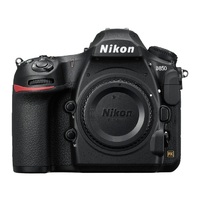
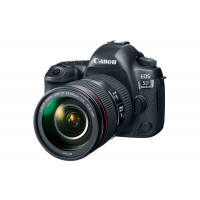

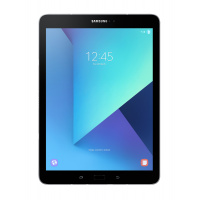
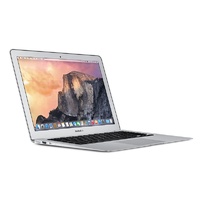









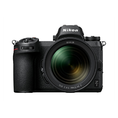














hardocp‘s review Edit Like Unlike
Feb 28, 2012
xbitlabs‘s review Edit Like Unlike
Feb 07, 2012
bit-tech‘s review Edit Like Unlike
Jan 06, 2012
AnandTech‘s review Edit Like Unlike
Nov 18, 2011
hardwaresecrets‘s review Edit Like Unlike
Dec 13, 2011
PC Magazine‘s review Edit Like Unlike
Dec 13, 2011
motherboards‘s review Edit Like Unlike
Nov 14, 2011
benchmarkreviews‘s review Edit Like Unlike
Nov 14, 2011